Since school is out for the summer and Academics Afield is on a break, let’s take a look back at one of the hunts from the fall semester of 2022.
September 18th, 2022, TIFTON GEORGIA. The Academics Afield Dove hunt for Abraham Baldwin Agricultural College Students is just beginning. ABAC being a rural school, lends numerous individuals that have hunted before. However, this environment leads to the word-of-mouth type of conversation to be effective at recruitment as it fits the “small town” m.o. of acquiring information. My name is Zachary Stevens, and I have been the Academics Afield Coordinator at ABAC since September 2021. Since my start here, my primary objective has been to seek out and build connections with all students across campus and teach them about the Academics Afield Program through The Georgia Wildlife Federation and R3 programs. We have had approximately 10 different hunters that have gone through with our program in its entirety. But one cannot just look at the number of hunters as a scale for success. Many individuals will enter the program just to learn about conservation and how they can help their local state agencies and aid in conservation.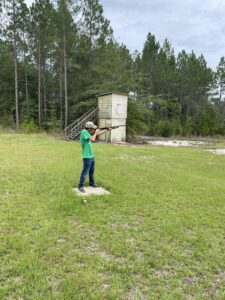
Teaching individuals about conservation is paramount in the wildlife field. A great quote is wildlife management is 90% people management. There will always be an influx of people that support conservation through numerous outlets that are not related to the act of harvesting animals, and that is something that seems to be a lost connection in my chosen field. It is vital to the survival of wildlife conservation that there are programs such as Academics Afield and State Supported learn-to-hunt programs along with public relations events to drive the public to want to continue their support.
We had four attendees for our event. As with every event, we require our attendees to go through the Georgia online hunter safety course before they can attend the hunt. We also require our attendees to attend the firearms training event. My methodology around shooting practice is to always start at the base level and revert to what an individual would learn in the hunter safety course. I begin by explaining the firearm to them in great detail; this includes: how different chokes make the shot have other spreads, how the loading mechanism operates, how to function the safety and how you can rely on said safety 100% of the time and proper ways to handle a firearm around other individuals and numerous other gun safety things I won’t bore you with the details. The next step in firearms training is to figure out what the attendee’s dominant eye is, then make sure they are holding the firearm correctly with proper care. I must note that when I do my  firearms training events, I only have 2 shotguns; this allows me to control the environment as much as possible. One firearm is in the attendee that is firing, and the other one stays with me or another mentor I have with me. We start live firing at stationary targets as this allows me to correct any improper form and handling of the firearm. Then we move to moving targets from our skeet towers. I let them see at least 5 “show birds” and follow them with their thumb to understand how they will need to swing to lead the target.
firearms training events, I only have 2 shotguns; this allows me to control the environment as much as possible. One firearm is in the attendee that is firing, and the other one stays with me or another mentor I have with me. We start live firing at stationary targets as this allows me to correct any improper form and handling of the firearm. Then we move to moving targets from our skeet towers. I let them see at least 5 “show birds” and follow them with their thumb to understand how they will need to swing to lead the target.
Moving targets are always the most fun for the attendees because it creates a pseudo competition between them of who can hit the most. However, as a coordinator, you need to sharpen your own skills as someone might challenge you. Hint, it helps if you keep up on your practice, too, people won’t respect your instruction as much if you can’t hit them either.
ON TO THE HUNT
We loaded in my truck and stopped at the southern classic of Buccee’s for breakfast before heading to the field. Upon arriving at the field, we discovered our data was not valid. This was confirmed when talking to other hunters that there were about 5 birds shot on the field all morning. Upon talking to locals that hunted that field on opening day, there was apparently a 25-man shoot, and the field has been wiped ever since. Not to fret, we shifted our focus to squirrels to pass the time until the conditions would be better for doves on the field. Scrounging the outskirts of the bottomland hardwood areas of the fields, we looked high and low for squirrels to no avail. However, I taught them about squirrel signs and how to look for chewings and other wildlife signs in the area. We returned to the field when conditions were favorable, and after an hour and a half of walking and sitting in some areas, no birds. We saw approximately 4 doves that were never in range to shoot at. But we reinforce the idea that hunting is a process and not a 100% guarantee every time you go out. It’s about the hunt; the harvest of an animal is always a bonus.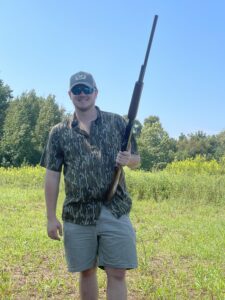
The Dinner and Debrief are always an essential part of the program. Due to us getting no birds, I did show the attendees how they would breast a bird with a rotisserie chicken, and we also had my ABAC Academics Afield Famous venison burgers. The dinner and debrief allows you to build a better relationship with attendees, and you get to see the comradery over your hunting stories. You always see the attendees light up as they share a fond memory with you, and it instills the types of memories that they have created of their own through the program and the many more they can make if they continue to attend.
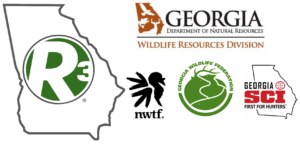
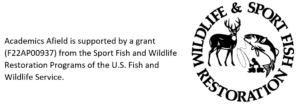
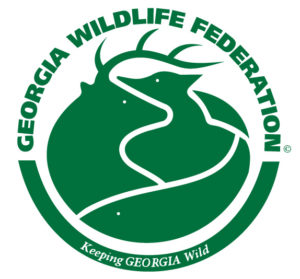
Recent Comments